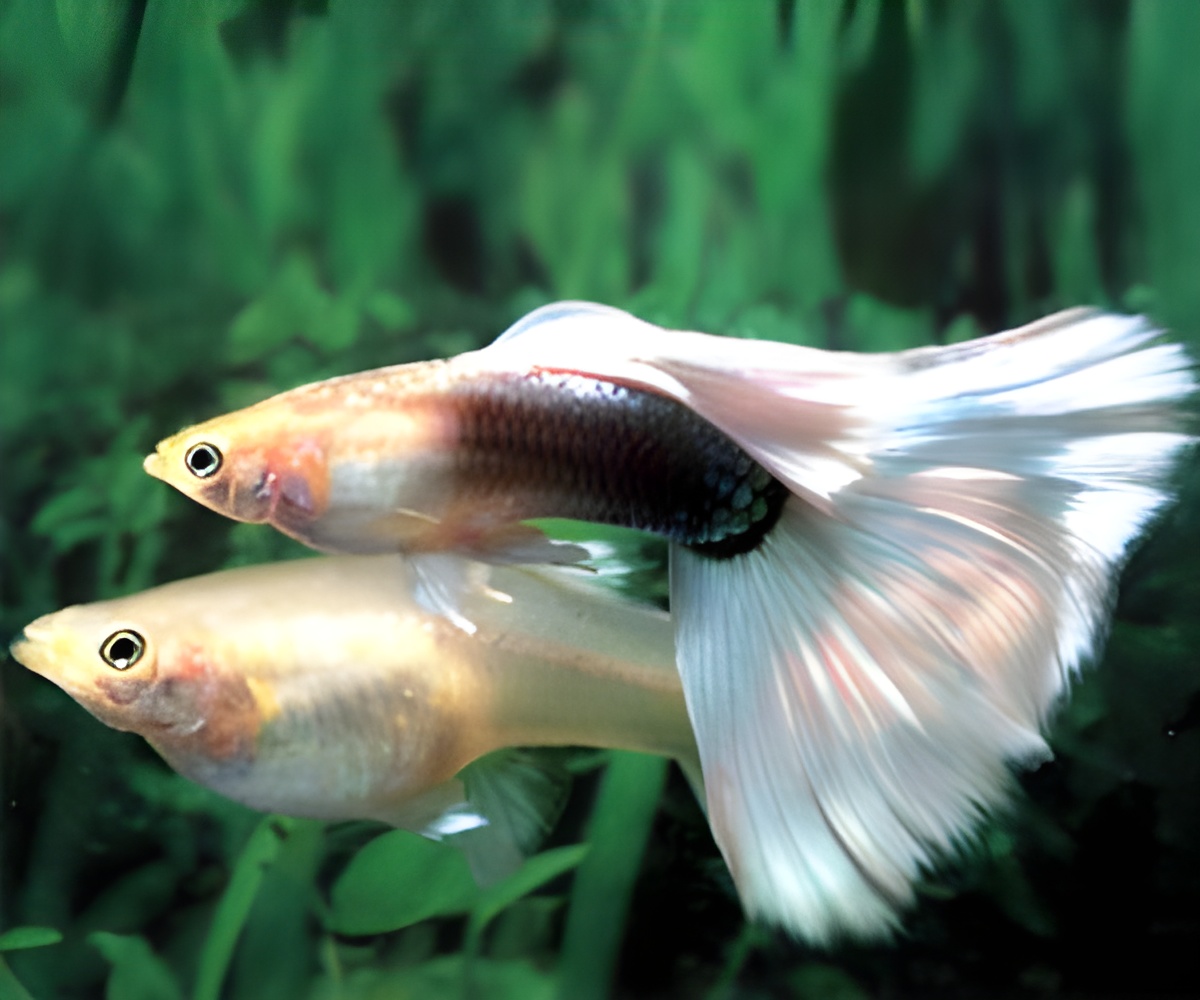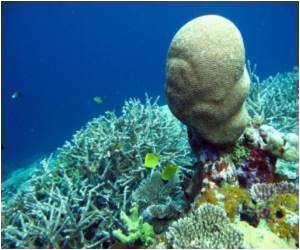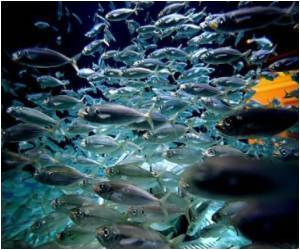The new species of sea bass from curacao linked to unusual fish larva stages of marine fishes in the open ocean because the young fishes often bear little or no resemblance to the adults.

The larva at the center of this study first came to the team's attention from a photograph without identification in another research paper. The scientists recognized it as a member of the sea bass family Serranidae but were intrigued by its seven very elongate dorsal-fin spines.
"This feature isn't known in any Atlantic sea bass larvae, but it is similar to one species of Indo-Pacific sea bass," said David Johnson, a zoologist at Smithsonian's National Museum of Natural History. "We initially thought the larva must have been caught in the Indo-Pacific Ocean, but we were wrong." The fish larva in the photo was in fact caught in the Florida Straits.
The team obtained the preserved larval fish for further study and were met with an immediate mystery—a DNA sequence from the specimen did not match any known fish species. That, along with unique morphological features, led the scientists to begin describing the larva as a new species despite the absence of adults.
Source-Eurekalert












